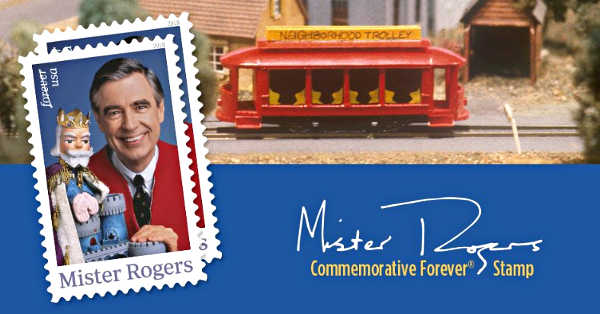- Ted Kooser
- Posted On
American Life in Poetry: Bird

With Dorianne Laux I've shared the experience of having a bird enraged at her reflection in a window. Laux lives in North Carolina and this is her third poem to be published in this column.





Responsible local journalism on the shores of Clear Lake.
Memberships:
 |
 |
 |
 |
 |
 |